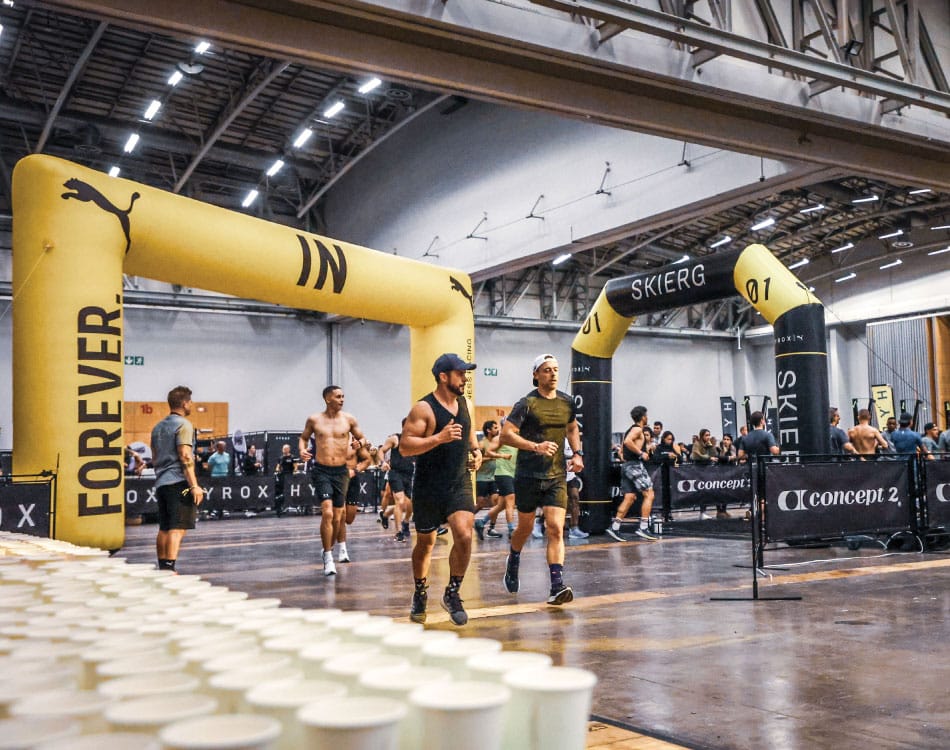When you delve into the topic of optimal human biomechanics, you soon realise how important hamstrings are – they play a vital role in hip extension and knee flexion, which fulfil primary mover functions and are integral in producing power during various activities.
However, they are one of the more neglected muscle groups for various reasons. Sometimes it’s not from a lack of trying, but rather a lack of knowledge with regard to how the hammies function, and insufficient knowledge of suitable exercises or a lack of equipment to target them effectively and load them sufficiently.
These factors all merely add to the imbalances created in our quadricep-dominant world, where most movements in daily life rely on our quads, and most leg exercises load the frontal plane to degrees far in excess of what we can achieve on hammie-focused exercises or equipment.
Finding balance
Leg strength imbalances are a major issue because they can affect other areas of the body and increase the risk of injury.
It is generally recommended that the strength ratio between your quads and hamstrings should be roughly 0.66 – your hamstrings should be able to lift (concentric phase) a weight that is at least 66% of that lifted by your quadriceps.
As an oversimplified example, if you can lift 80kg on the leg extension, then your seated leg curl should be 53kg.
To effectively target your hamstrings, whether it’s to develop them to a greater extent, prevent injury or correct imbalances, or increase their strength to boost your sporting performance, there are five key elements to include in your next training session.
1. Focus on their primary function
Play to the strengths of your hammies by including more hip extension movements that target these muscles in your programme.
These exercises include:
- Romanian deadlifts
- Good mornings
- Stiff legged deadlifts
- Standing cable hip extensions
2. Get technical
Olympic weightlifting pulling movements, such as snatch pulls and clean pulls, are great tools to develop hamstring strength, but are seldom applied in conventional gyms due to their technical nature and the associated injury risk.
However, working to perfect your technique and then adding greater weight in a progressive manner will ensure you give your hammies a good workout to strengthen them. This means you’ll be able to lift more during your other hamstring-focused exercises, which develops better hammies.
3. Curls won’t cut it
Relying solely on seated, lying or standing leg curls to target your hammies is a recipe for disaster. While it’s the dominant knee flexion exercise in most programmes, it’s not the best option in this regard.
The glute-hammie raise (performed on a hyperextension bench or off the floor with someone holding your feet), for example, is a much better option as your primary knee flexion hammie exercise.
4. Hit them individually
Unilateral exercises are better options as they target one leg at a time. When unilateral exercises are used for both hip extension and knee flexion they isolate the hammies better, and also develop greater strength, which is symmetrical on both sides. This corrects any strength imbalances and ensures that your dominant side does not overpower the weaker side.
Unilateral movements also ensure more stabiliser muscles are incorporated into the movement, and we all know that no muscle works in isolation.
By activating all primary and secondary muscle groups in a movement chain or pattern, we’re also able to build greater synergy between these muscles, which is often lacking in most of us due to our modern lifestyles.
This will translate into greater force production and enhanced overall performance as every muscle functions optimally as intended. When this doesn’t happen, other, often smaller and weaker muscles need to work harder to perform tasks for which they were never designed. This is when movement efficiency suffers as ‘energy leaks’ occur.
5. Focus on the eccentric
Hamstrings are often referred to as our “stopping’ muscles, as they play an important role in decelerating the human body while running, an activity many believe we were specifically designed for. Accordingly, focusing on the eccentric portion of your knee flexion movements you’re using your hammies in the way they were designed to work.















